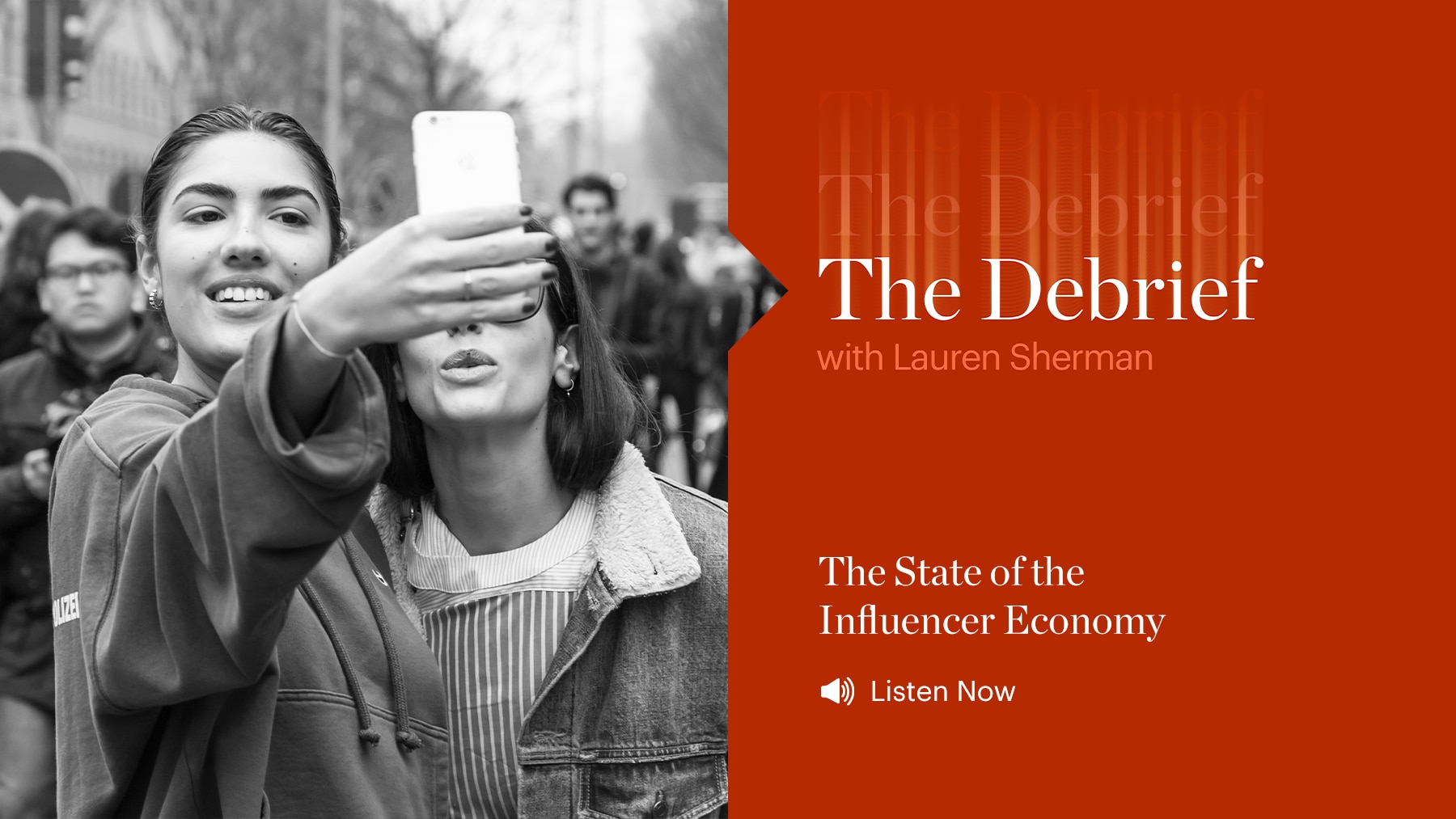
Follow The Debrief wherever you listen to podcasts.
Background:
Things move fast on the internet. In just the past few years, there have been a number of changes in the social media space and the influencer economy built around it. For one, brands are betting on influencers with day jobs, working with creators like Sky Ting Yoga founder Krissy Jones or James Whiteside, principal dancer at the American Ballet Theatre, as they look for relatable ambassadors to reach engaged audiences. The line between the average social media user and influencer is increasingly blurred as non-influencers endorse products online. Widely, people learn more about brands from other people, rather than brands’ own storytelling. It’s becoming even more important for brands to be on every platform — and influencers to have their own platforms.
“Most brands have probably not fully recognised and understood the impact of all their customers having a platform… This is existential for brands. If they can’t figure this out, they won’t be able to compete in a decade,” said James Nord, founder of influencer marketing company Fohr.
Key Insights:
- In many ways, the shift represents a return to old days of influence — where hobbyists set up YouTube channels and churned out authentic content viewers found refreshingly relatable.
- Influencer pay increased almost 50 percent overall from 2020 to mid-2021, said Nord. But, there are a lot more influencers getting paid, which means more competition as brands have a deepening pool of options.
- There’s been a shift to video-first content. And younger generations are starting to snag brand deals from more established figures.
- Overall, marketers are paying whether influencers actually have influence — not just followers.



